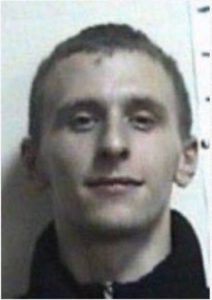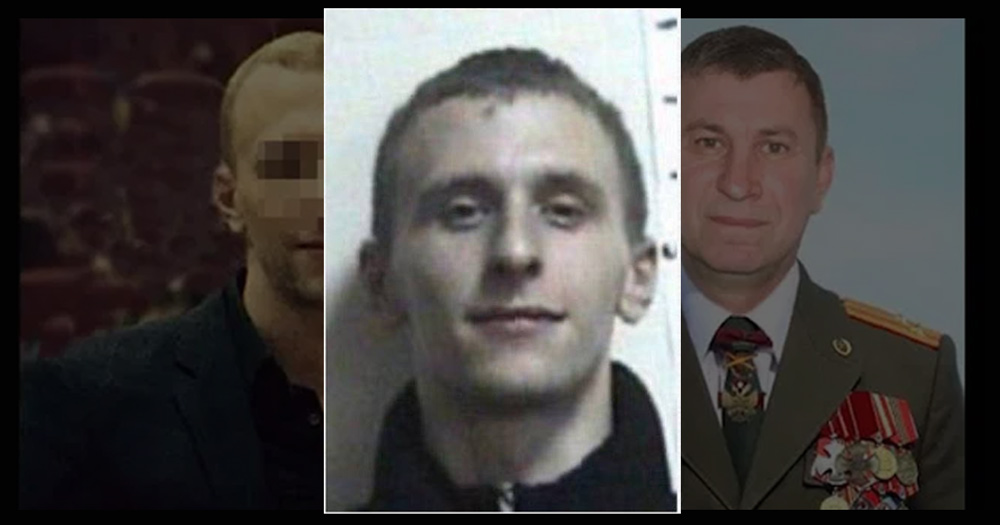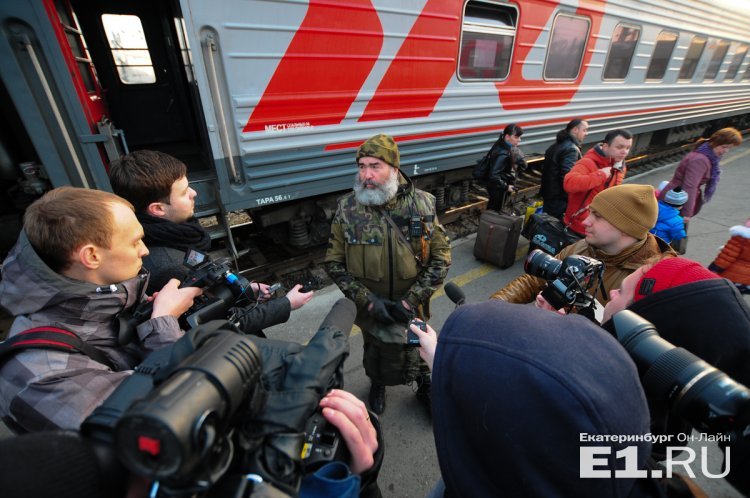The man wasn’t a public figure and there were no mentions of him in the press and on social media. However, the Ukrainian news site censor.net revealed Andrey K.’s identity as Andrey Kunavin not mentioning their source, and now the investigative-journalism group Bellingcat has independently tracked down the man’s travel and phone data and came to the same conclusion as for his name.
Can this middleman linking the Kremlin to Donetsk occupation authorities testify in the MH17 case?
Read the previous artcile: Ukraine detains deep cover GRU sleeper agent who might be highest ranking MH17 witness yet
Who is Andrey K.?
Both censor.net and Bellingcat state that the detainee mentioned in the report by the Security Service of Ukraine (SBU) as Andrey K. is Andrey Nikolaevich Kunavin, a Ukrainian national born in 1984.
Bellingcat says that they were able to identify him using his travel and phone data overlapping with two MH-17 case suspects, Dubinsky and Kharchenko, who were his interlocutors in the tapped phone calls published by the SBU with the report on his detainment.
Read also: JIT charges four suspects over downing MH17, Bellingcat identifies eight more
Inmate contest winner

Kunavin had a criminal record in Ukraine as he was arrested in 2010 and sentenced to four years for car theft and embezzlement.
He is listed as a winner of the audience favorite prize in the category Social Placard among 21-30 year-olds in UNESCO-backed international art competition for children and inmates held in September 2014. Kunavin is mentioned as an inmate of Correctional Facility 72 in Voznesensk, Mykolaiv Oblast, and his social placard was called “Give Life.”
According to prison records, he was released on 12 June 2014 and Bellingcat found that he was using the phone registered in his name since August 2014, which led the digital sleuths to the assumption that
It is not clear if the competition listing was an error, if Kunavin’s entry was made before his release, or a Hollywood-worthy ploy to create an alibi. Regardless of the circumstances of the art competition, starting in June 2014, Kunavin began his supercharged rise from crime to the Kremlin.
However, in this case, the explanation can be much simpler as in September the judges of the contest were choosing and awarding the winners, which implies that prior to the event it could have taken a while to collect the contest works from dozens of closed penitentiary facilities in several countries, therefore Kunavin could have sent his placard before or in the days of his release.
On the other hand, the following passage from the contest results page that separates Crimea from the rest of Ukraine may indicate to the Russian connections of the contest organizers making an alibi version not that absurd,
"The participants of the 4th International "Contest without Borders!" are citizens of Ukraine, The Autonomous Republic of Crimea, Russia, Uzbekistan, Kazakhstan, the USA," it reads, while there is no Crimean citizenship, and mentioning Crimea as a separate country is nothing but an attempt to please the Russian occupation authorities of this Ukrainian region annexed by Russia that year in March
Traveler
According to Bellingcat’s data, later in 2014 Kunavin "traveled extensively between Russia, the Donbas, and Kyiv, and took multiple short trips to Western Europe." Most of the time he stayed in Moscow, taking day trips to Rostov airport that is closest to the Russian-occupied parts of Donetsk and Luhansk oblasts.
From 2015 onward, his traveling intensified and he visited almost weekly diverse destinations "like Türkiye, Germany, France, Bulgaria, Spain, Greece, Austria, Israel, the Netherlands, the Baltic countries, and many more."
Citizenships, contacts, links to Kremlin
Kunavin appears to have used five Ukrainian passports under his name for his trips and a Russian passport under a cover identity.
Bellingcat was able to identify Kunavin's Ukrainian and Russian mobile telephone numbers. Having obtained the listing of call records from a source at a Russian mobile operator, the sleuths identified some of the numbers he talked to and found that Kunavin's contacts include criminals, politicians, and entrepreneurs. For example, frequent interlocutors with Kunavin were an international art thief Vadim Guzhva and former member of Russia’s Senate Vasily Duma.
And the SBU phone intercepts indicate that Kunavin worked with Putin’s aide Vladislav Surkov and at least one participant of the conversations, MH17 suspect Sergey Dubinsky, has confirmed the authenticity of the tapped conversations in his comment to the Russian newspaper Kommersant.

In his comment, Dubinsky states that “Andrey Nikolaevich K.” was a Russian citizen, not Ukrainian, he denies the SBU charges claiming that Kunavin wasn’t involved in creating “DNR intelligence agency” and it was rather he himself who “had created the agency in early May 2014” while, Dubinsky says, he got acquainted with “Andrey Nikolaevich” not earlier than in September-October 2014.
However, even if Kunavin wasn't among the founders of the group, he still was in charge of its interactions with Surkov, GRU and FSB, and he is charged with "creating a terrorist group or participating in it".
Another Dubinsky’s claim is that Kunavin had nothing to do with both GRU and FSB and “was connected to the government of the Russian Federation.” In fact, the SBU never stated that the “K.” served in a Russian security agency but called him “a non-staff member” of GRU.
Nevertheless, Dubinsky admitted that Kunavin
“...for some time dealt with the economic cooperation between Russian and DNR.”
Meanwhile, Bellingcat points out that
[Kunavin’s] references to “them vs. us” when referring to the FSB, and his claimed links to Surkov (who is of GRU pedigree) suggests that there may have been a linkage to the GRU. It’s unlikely, however, that he was an officer or otherwise fully trusted by the GRU, who – unlike the FSB – do not tend to operate via criminal proxies.
Potential MH17 witness

Kunavin was in the middle of the communication chain of two MH17 suspects with the Kremlin and the FSB. Thus, he "may turn out to be one of the most informed witnesses as to the military and political chain of command in 2014," Bellingcat assumes.
In 2019, Ukraine exchanged a valuable MH17 witness Volodymyr Tsemakh to Russia despite the fact that he was a Ukrainian citizen. Bellingcat believes, "the Kremlin may attempt this trick a second time" with Kunavin.
Read the full text of Bellingcat’s investigation.
Read more:
- Who is who in the Kremlin proxy “Donetsk People’s Republic”
- Ukraine detains deep cover GRU sleeper agent who might be highest-ranking MH17 witness yet
- Ukraine arrests head of Snizhne anti-aircraft defense in summer 2014, possible MH17 case witness
- JIT charges four suspects over downing MH17, Bellingcat identifies eight more
- Intercepted phone calls show MH17 suspects’ connections to Russian military and Kremlin
- Novaya Gazeta identifies Russian colonel involved in shooting down MH17
- “Donetsk People’s Republic” leader Zakharchenko killed in explosion
- Russia’s policies toward Ukraine remain unchanged month after Kremlin’s “gray cardinal” replaced
- Who is who in the Kremlin proxy “Donetsk People’s Republic”
- “Donetsk People’s Republic” ex-PM inadvertently admits carried out Kremlin plans
- Russian military leadership ordered escalation in Black Sea intercepts show
- The Surkov Leaks: Major report on Russia’s hybrid war in Ukraine
- Intercepted call reveals Russia’s concealment of Donbas casualties





